80-90% of Indians are Vitamin D Deficient
My entire family, including my siblings, parents, aunts, uncles, and cousins, all suffer from Vitamin D deficiency. Even though I spend a lot of time outdoors, I still have to take a supplement to maintain my Vitamin D levels. It’s not just us though. Every Indian I know seems to be Vitamin D deficient. This sparked my curiosity about Vitamin-D deficiency among Indians. To my surprise, the stats on Vitamin D deficiency in India are shocking. Despite living in a tropical country with plenty of sunshine, nearly 80-90% of Indians across all age groups are Vitamin D deficient.
Through my research, I discovered that Indians are more susceptible to Vitamin D deficiency due to our darker skin. Additionally, the Indian diet and modern lifestyle only worsen the issue.
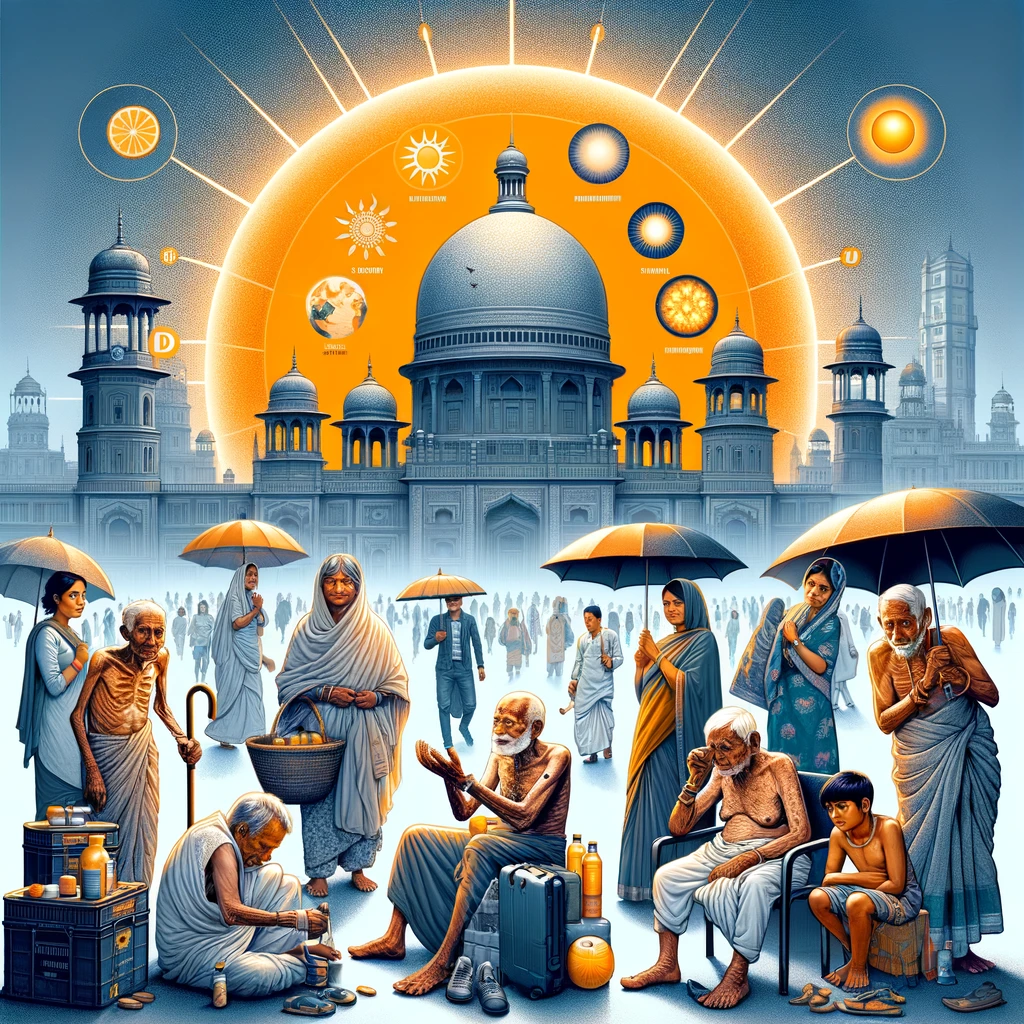
In this post, let’s explore the Vitamin D status of Indians across different age groups, demographics, and regions in India. We’ll delve deeper into the health consequences of Vitamin D deficiency and examine the cultural, lifestyle, and environmental factors that contribute to high prevalence of Vitamin D deficiency. Finally, we’ll discuss ways to improve your Vitamin D status if you’re deficient.
So, let’s dive right in and get started!
A Look at The Numbers
Many studies have measured Vitamin D levels in India across different regions and age groups. These studies found that Vitamin D deficiency in India is a real problem, with a prevalence ranging from 40% to 99%. In fact, the majority of studies report a prevalence of 80%–90%.”
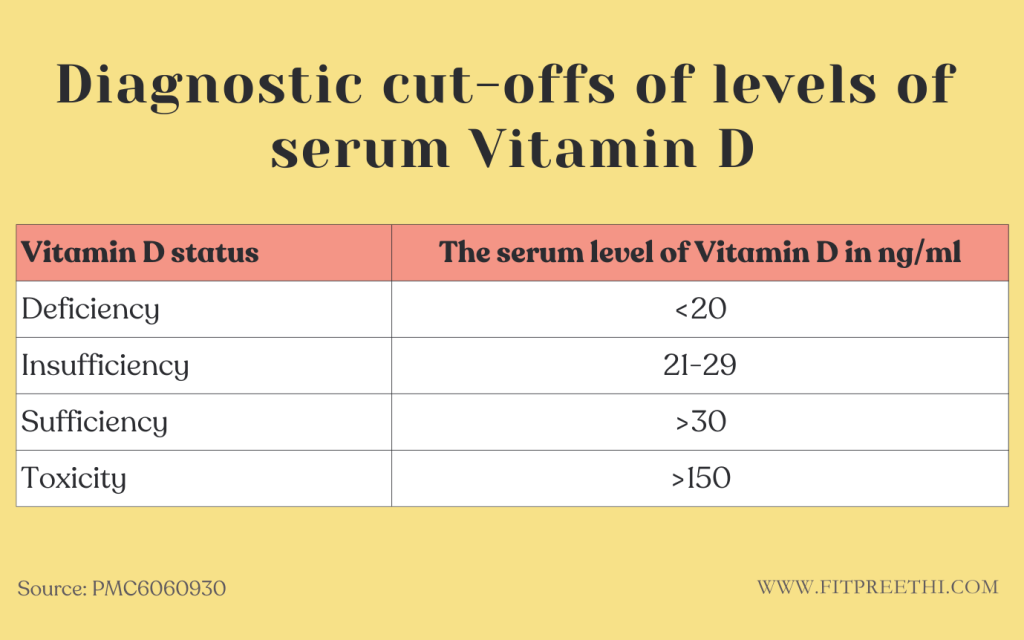
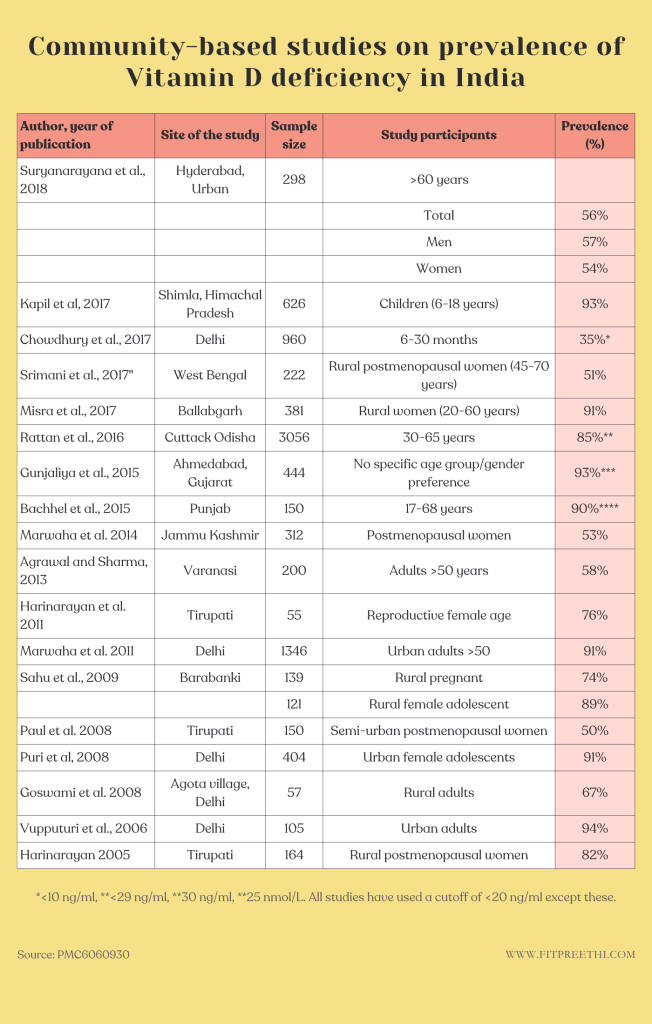
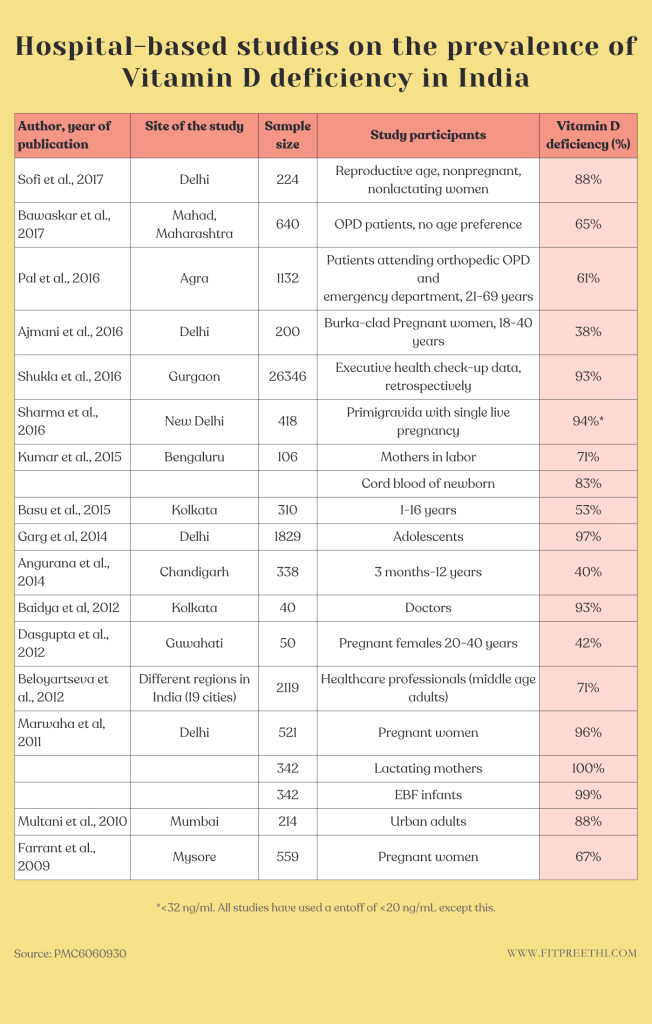
As we zoom into the data, we can uncover some interesting insights that are worth highlighting:
- Indian men have higher levels of Vitamin D than Indian women.
- Middle-aged Indians have higher levels of Vitamin D than adolescents.
- Indians with a normal BMI have higher levels of Vitamin D compared to those with a higher BMI.
- Indians from rural areas have higher levels of Vitamin D compared to those from urban areas.
- Vitamin D levels are higher during the summer compared to the winter.
- People living in South India have higher levels of Vitamin D compared to those in northern India.
Overall, while the magnitude of the problem varies somewhat depending on a person’s demographic, it’s irrefutable that this is a serious issue with many dire health consequences for Indians. Let’s take a closer look at some of them.
The Health Consequences of Vitamin D Deficiency in India
Vitamin D is a fat-soluble vitamin that plays a major role in human physiology. Having low Vitamin D levels can cause a lot of serious health issues, such as:
Weak skeleton
Vitamin D regulates the balance of calcium and phosphorus for bone mineralization. If your bloodstream doesn’t have enough Vitamin D, you won’t be able to absorb dietary calcium, which can lead to low bone density, osteoporosis, and muscle weakness. Several studies have shown that low levels of Vitamin D are associated with an increased risk of fractures and falls in older adults. You can read more about low bone density and its effects on the body here, and learn about the link between Vitamin D and fractures here.
Weakened immune system
Studies have shown that people who lack Vitamin D are more likely to contract infectious diseases such as tuberculosis, influenza, and upper respiratory tract infections. Research has proven that sunlight is an effective strategy for fighting many infectious diseases. Therefore, if you don’t get enough sunlight, you become far more susceptible to getting infected.
Poor pregnancy outcomes
If pregnant women lack Vitamin D, they may develop gestational diabetes, preeclampsia, preterm birth, and require cesarean section delivery. Additionally, low levels of Vitamin D can lead to adverse neonatal outcomes, including low birth weight, impaired immune function, and neurodevelopmental disorders such as ADHD and Autism. Moreover, insufficient Vitamin D during pregnancy can harm fetal skeletal development, increasing the chances of congenital rickets and intrauterine growth restriction.
Depression
Low Vitamin D can cause mood disorders and depression, according to research. People who are deficiency take significantly longer to recover from depression than those who are not deficient.
Cardiovascular diseases
The Framingham Heart Study found that low Vitamin D concentrations increased heart disease risk by 60%. Additionally, researchers discovered that people who suffered heart attacks were severely deficient in Vitamin D.
Type 1 Diabetes
According to studies, Type 1 diabetic children have higher rates of Vitamin D deficiency compared to nondiabetic children. Supplementing with Vitamin D can reduce the risk of developing Type 1 diabetes by 30%.
Type 2 Diabetes
Research has linked Vitamin D deficiency with an increased risk of type 2 diabetes. However, studies have also shown that Vitamin D can slow the progression and development of type 2 diabetes mellitus. In one trial, non-diabetic patients aged 65 years and older who received 700 IU of Vitamin D (plus calcium) had a smaller rise in fasting plasma glucose over three years compared to those who received a placebo. You can read more about these studies here: Vitamin D deficiency is associated with increased risk of type 2 diabetes and A cross-sectional study on Vitamin D3 level in type 2 diabetes mellitus patients from Chennai, India.
Cancer
Vitamin D plays a crucial role in protecting certain tissues by promoting apoptosis and inhibiting angiogenesis. When Vitamin D levels are low in organs like the lung, breast, colorectal, prostate, ovary, pancreas, and esophagus, it can lead to cancer, as Vitamin D reduces cell proliferation and increases cell differentiation, as studies have shown (source; source).
Autoimmune disease
If you have low levels of Vitamin D, you could be at risk for autoimmune disorders. In fact, a study shows that ultraviolet radiation (UVR) can help protect against three autoimmune diseases: multiple sclerosis, insulin-dependent diabetes mellitus, and rheumatoid arthritis.
It’s clear that Vitamin D deficiency can lead to acute and chronic diseases, but what’s causing such a widespread deficiency? India has no shortage of sunlight, and we know that the majority of Vitamin D is produced through skin exposure to sunlight. So, why is a country that with an abundance of the sunshine vitamin still deficient in Vitamin D?
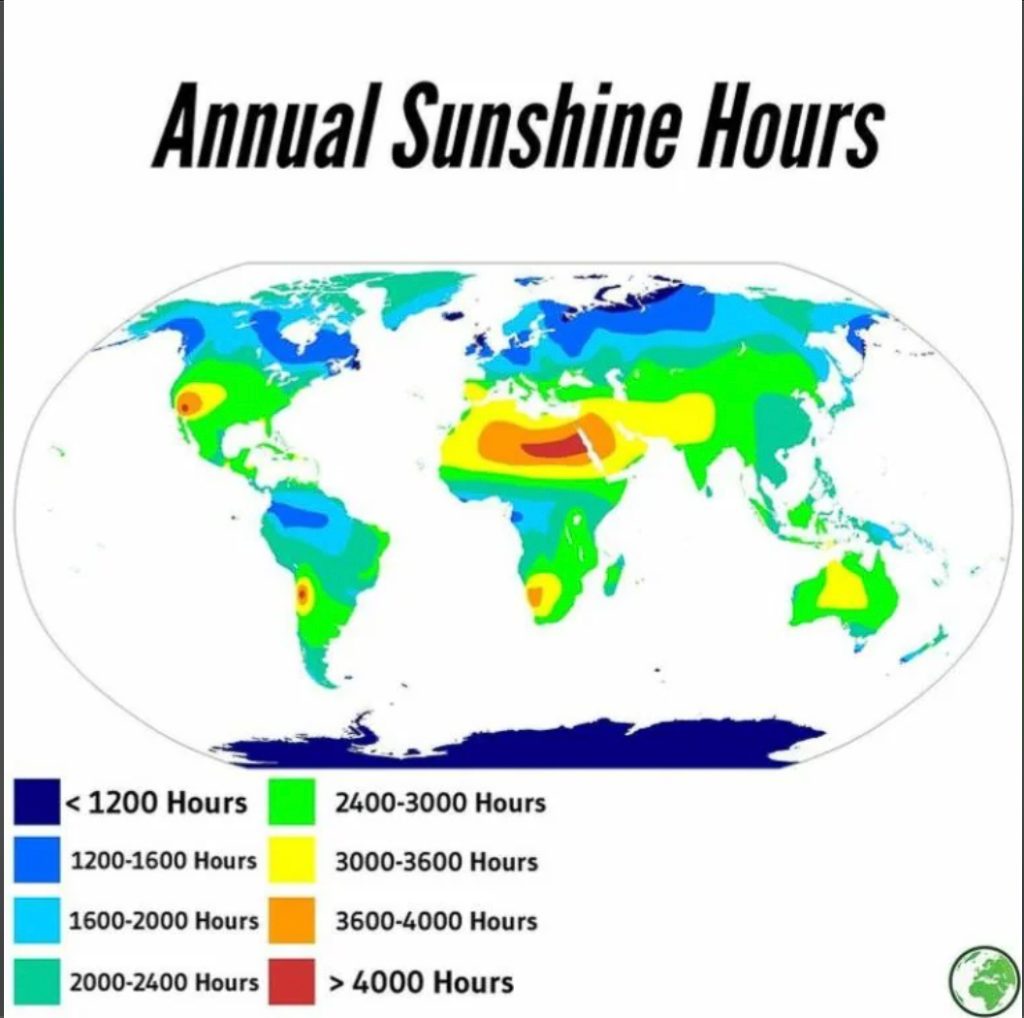
What is Causing Such Widespread Vitamin D Deficiency in India?
There are several hypotheses regarding the causes of vitamin d deficiency in India. Let’s examine them together.
Increased indoor lifestyle
People in modern India spend the majority of their day indoors, especially in urban areas where high traffic, pollution, and dirty sidewalks and roads make outdoor activities unappealing. The lack of open spaces in cities further discourages people from spending time outside, and the scorching summer heat only adds to the problem. Additionally, the rise of devices and internet use in India means that many people are choosing to stay indoors.
Unfortunately, this means that most Indians are not getting enough sunlight exposure.
Skin color
It is well known that people with darker skin pigmentation have higher levels of melanin, which provides greater protection against UV radiation but also reduces the skin’s ability to produce vitamin D. Since darker skin produces significantly less vitamin D than fairer skin, research shows that Indians need at least 45 minutes of direct sun exposure to the face, arms, and legs every day. Unless they work outdoors, most Indians are not getting enough sun exposure to produce sufficient amounts of Vitamin D endogenously.
Pollution
India is among the world’s most polluted countries, with all 1.3 billion of its citizens living in areas that exceed the WHO’s annual average particulate pollution level guideline. Pollution reduces the skin’s ability to produce vitamin D by acting as a barrier that absorbs or scatters UVB radiation from the sun. This happens because air pollution reduces the amount of UVB radiation reaching the Earth’s surface.
This likely explains why North Indians are more deficient than South Indians. The pollution in North India is much worse.
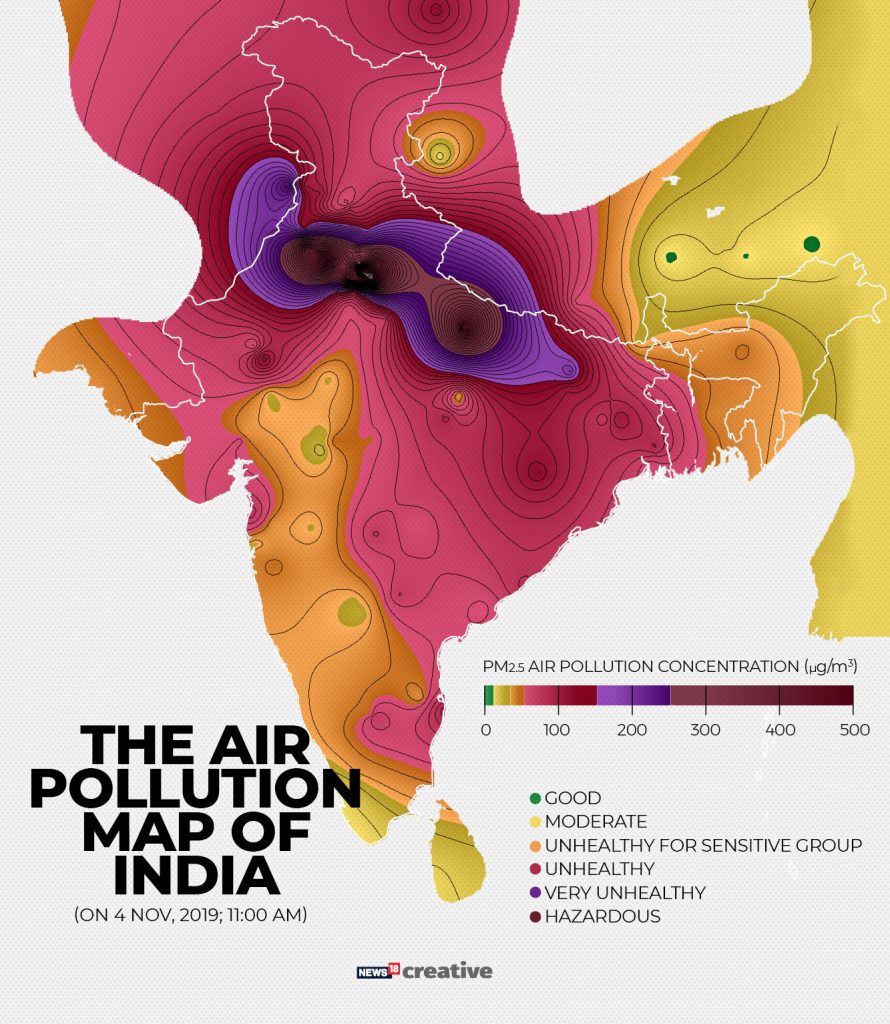
Obesity
Multiple studies have shown that obesity lowers Vitamin D levels. The NFHS-5 data reveals that 23% of women and 22% of men in India are overweight, while 40% of women and 12% of men are abdominally obese. These increasing rates of overweight and obese people in India are not helping the Vitamin D crisis. You can check out the studies here and here, and the NFHS-5 data here.
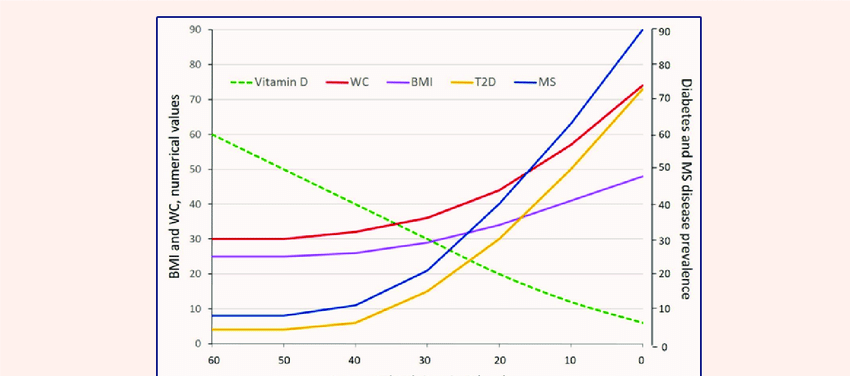
Cultural practices
In Indian society, being modest in public is highly valued, both socially and religiously. As a result, people, regardless of gender, tend to cover most of their body parts when outside. Unfortunately, this can limit their exposure to sunlight, which is necessary for the body to produce Vitamin D naturally. In other words, the more skin that is covered, the less Vitamin D the body can produce.
Low Vitamin D intake
Most foods that are rich in Vitamin D come from animals. However, up to 80% of Indians primarily eat vegetarian diets, making it challenging to get enough Vitamin D from food. While dairy products such as milk can be a good source of dietary Vitamin D for vegetarians, it’s rarely fortified with Vitamin D in India.
Low dietary calcium
According to studies, Indians consume much less calcium than the Indian Council of Medical Research (ICMR) recommends. When your blood calcium levels drop, your parathyroid gland releases parathyroid hormone (PTH). This hormone converts calcium from your bones and introduces it into the blood until there is enough calcium in the blood. At the same time, it prompts your kidneys to convert inactive Vitamin D (calcidiol) into its active form (calcitriol). Activated Vitamin D then helps your intestines absorb calcium into the bloodstream. Therefore, when your body doesn’t get enough calcium, it prioritizes keeping calcium levels in the blood stable over producing active Vitamin D. This can cause a decrease in vitamin D production to conserve calcium, which in turn leads to lower levels of active vitamin D circulating in the body.
Simply put, Vitamin D and calcium work together to keep your body healthy. When you have enough Vitamin D, your body can absorb calcium better. And when you have enough calcium, your body can regulate Vitamin D better. But if you don’t get enough of either nutrient, it can throw off this balance and cause problems.
Diet high in phytates
The standard Indian diet includes a lot of grains, legumes, nuts, and seeds. Unfortunately, these foods contain phytates, which are anti-nutrients that bind to minerals like calcium, iron, zinc, and magnesium. This makes it harder for our bodies to absorb these minerals, leading to reduced bioavailability. As we saw earlier, when our body lacks minerals like calcium, it produces less Vitamin D. That’s why phytate-rich diets have been linked to lower levels of circulating Vitamin D, according to research.
In fact, various studies have shown that even rural agriculture workers who get plenty of sun exposure can still have Vitamin D inefficiency. This is likely due to the high phytate content in their diet, which depletes them of Vitamin D.
Cooking Practices in India
In India, we love to cook our food thoroughly. For instance, we simmer a curry on the stove for anywhere between 30 to 60 minutes, and we boil milk at very high temperatures before consuming it. On a natural gas stove, medium heat ranges from 350°F to 450°F. However, research shows that temperatures above 200 °C can degrade Vitamin D. Therefore, the minimal Vitamin D that is present in Indian vegetarian food is being degraded in the first place.
How to Fix Your Vitamin D Deficiency
Clearly, Vitamin D deficiency is affecting the Indian population at large. If you’re Indian and experiencing common symptoms of Vitamin D deficiency, like fatigue, muscle weakness, or bone pain, don’t hesitate to get some lab work done to check your Vitamin-D status. If you find out you have inadequate levels of Vitamin D, here are my tips for fixing the issue:
Spend Time Outdoors
The best way to increase your Vitamin D is to spend time in direct sunlight. Don’t worry if it’s cloudy – you can still synthesize Vitamin D. Make it your goal to spend time outdoors every day, rain or shine. If you have lighter skin, 20 minutes should do the trick. But if you have darker skin like most Indians, plan to spend up to an hour outdoors. And avoid the use of sunscreen because it blocks UVB light!
Eat Foods High in Vitamin D
Although there aren’t many vegetarian sources of Vitamin D (besides mushrooms), you can find it in animal products like fatty fish (such as salmon and tuna), beef liver, egg yolk and cheese. Additionally, fortified foods like milk or bread can provide small amounts of Vitamin D.
Take Supplements
I personally struggle to get enough Vitamin D from sunlight or food alone, especially during the winter months. That’s why I rely on Vitamin D Supplementation to keep my levels up. Supplementation can play a vital role for those who have trouble getting enough of this essential nutrient.
Make Lifestyle Changes
According to a study that looked at 1,362 people, researchers found that lower levels of Vitamin D were associated with obesity and smoking. This means that if you’re overweight or obese, losing weight can help boost your vitamin D levels. Similarly, if you’re a smoker, quitting smoking can also help increase your Vitamin D levels.
Keep in mind that dietary intake of Vitamin D will only marginally increase your serum 25-hydroxyvitamin D levels. Even when you eat foods rich in Vitamin D, your body doesn’t absorb it very efficiently from the gastrointestinal tract. For most people, the main source of Vitamin D is synthesized in the skin when it’s exposed to UVB radiation from sunlight. In short, focus on getting sunlight over everything else.
Conclusion
Vitamin D deficiency in India is a massive problem, as we saw in this post. If you’re Indian, chances are high that you are deficient in Vitamin D. This poses a serious health risk that needs to be addressed to avoid future complications. I hope this post has given you an idea of where to start if you or anyone you know is deficient.
As always, please share your thoughts in the comments.







Thank you for this invaluable information Preethi! I see many posts online heavily recommending sunscreen for various reasons. What’s your take on sunscreen usage?
I find sunscreen not necessary for darker skin because the risk of sun burn is much lower. Moreover, it does limit vitamin D synthesis so if the goal is to get the benefits of sunlight, then sunscreen is hindering that goal. Finally, the chemicals in sunscreen are not something I personally like to have on my skin on a daily basis.
With that said, if you have a day at the beach where you will be in scorching sun for many hours, then using sunscreen may make sense.
Great article. thanks
you are welcome 🙂